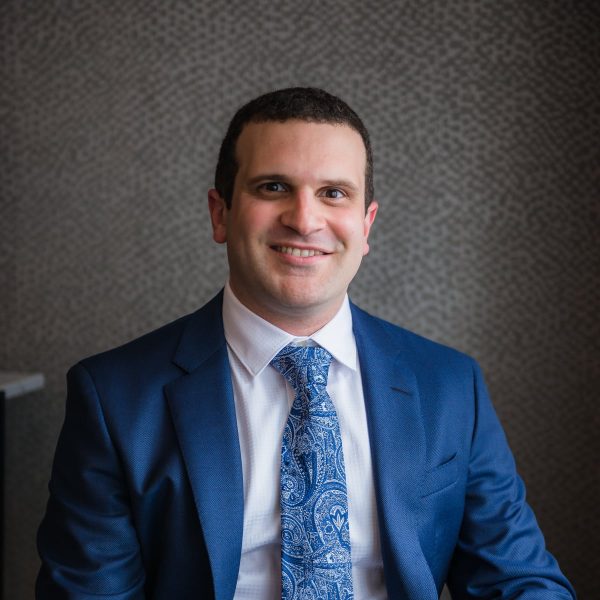Thyroid & Parathyroid Surgery
Thyroid & Parathyroid Surgery
The endocrine system is a series of glands that produce and secrete hormones that the body uses for a wide range of functions.
Endocrine glands are located throughout the human body and include:
- Pineal gland
- Pituitary gland and Hypothalamus
- Thyroid gland
- Parathyroid gland
- Thymus
- Pancreas
- Adrenal glands
- Ovary / testis
Differently trained surgeons operate on different parts of the endocrine system. Dr Cohen-Hallaleh has expertise in:
- Thyroid gland surgery
- Parathyroid gland surgery

Endocrine Procedures Performed by Dr Cohen-Hallaleh
A thyroidectomy is the surgical removal of all or part of your thyroid gland. Your thyroid is a butterfly-shaped gland located at the base of your neck. It produces hormones that control every aspect of your metabolism, from your heart rate to how quickly you burn calories.
A thyroidectomy is used to treat thyroid disorders, such as cancer, noncancerous enlargement of the thyroid (goiter) and overactive thyroid (hyperthyroidism).
How much of your thyroid gland that is removed during thyroidectomy depends on the reason for surgery. If you need only part of your thyroid removed (partial thyroidectomy), your thyroid may work normally after surgery. If your entire thyroid is removed (total thyroidectomy), you need daily treatment with thyroid hormone to replace your thyroid’s natural function.
Conditions Treated with Surgery
- Thyroid cancer
- Noncancerous enlargement of the thyroid (goiters)
- Overactive thyroid (hyperthyroidism)
- Indeterminate or suspicious thyroid nodules
A parathyroidectomy is the surgical removal of one or more of the parathyroid glands, and it is used to treat hyperparathyroidism. During a parathyroidectomy, the surgeon delicately removes one or more of the tiny parathyroid glands.
The parathyroid glands are four rice-sized glands located on the back of the thyroid gland in the neck. The parathyroid glands make parathyroid hormone (PTH), which controls the levels of calcium in the body. Hyperparathyroidism is a condition in which the parathyroid glands produce too much PTH. If there is too much PTH, calcium is removed from the bones and goes into the blood.
A parathyroidectomy is necessary when calcium levels in the blood are elevated, if there is a complication of hyperparathyroidism (such as kidney stones, osteoporosis, or bone fractures), or if a patient is relatively young.
Dr Ruben Cohen-Hallaleh
Sydney surgeon and educator, Dr Ruben Cohen-Hallaleh has expertise in breast, endocrine, and general surgery. He brings together the latest in surgical techniques and non-invasive treatments with a careful consideration for each patient and their unique circumstance.
